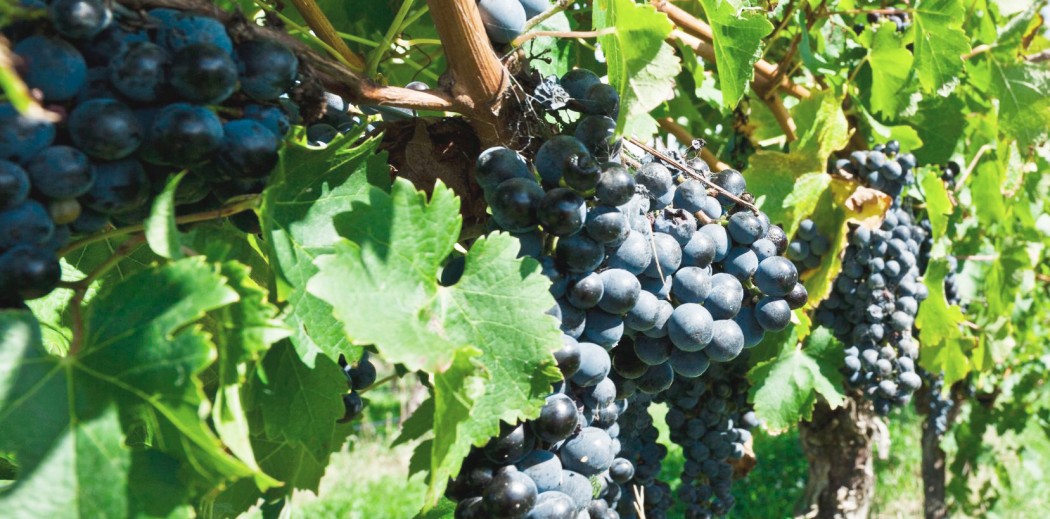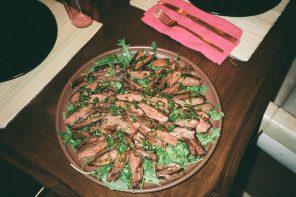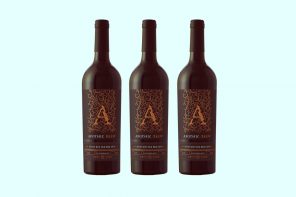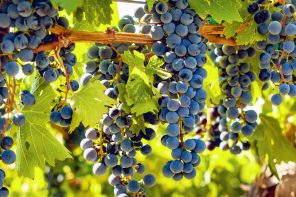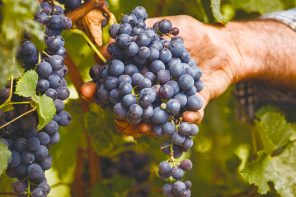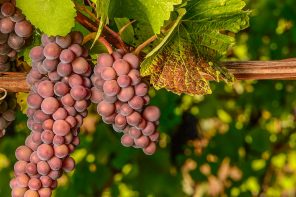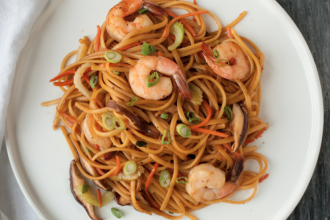If you want to sound like you know a lot about wine, learn the basics of French vino. If you want to sound like you really know a lot about wine, familiarize yourself with vines and varietals aside from the big hitters like Bordeaux, Burgundy and Champagne. A lot of the time, smaller wine regions are home to interesting, dynamic grapes you won’t find anywhere else. A happy bonus: the prices are usually a lot more wallet-friendly than those in established areas. That’s the case for Fer Servadou, one of France’s best kept secrets.
Venture to the Southwestern region of France to find Fer Servadou, a rustic red grape that often hovers in the background in blends (usually Tannat), but which plays a prevalent role in this region, particularly in Marcillac and Gaillac. Given its relationship with Tannat, it should be no surprise that Fer itself is quite tannic and acidic, with a medium body and notes of tart cherries, cranberries and blackberries. Fer from Gaillac will have a heavier body with more smoky, complex and dark fruit notes.
If your basic French is up to snuff, you might recognize “fer” as the French word for iron. Shockingly, this isn’t just coincidence: the name refers not to the rusty-hued leaves, but the hardness of the vine’s wood. The soil it grows in, particularly in Marcillac, also boasts high levels of iron. To spare you any confusion, the wine may share a name with the Argentinian Fer, but that’s the only thing they have in common.
Fer is a star in the Marcillac region, taking up the majority of the 180 hectares. Vines have been calling the area home since the Middle Ages, although, like nearly all of France, they were crippled by the phylloxera epidemic in the 1800s. It was thanks to the arrival of coal miners in the mid-19th century that the industry was resuscitated: the workers were thirsty, and growers saw an opportunity. Though production slaked off when the mines closed in 1962, a few producers rallied together and the area was granted full AOC recognition in 1990.
Fer also has its roots in Gaillac — where its presence isn’t just wanted, but required by law. The second largest area in Southwest France in terms of wine production, Gaillac grows a variety of grapes in a variety of styles, but at least 10 percent of a local growers’ AOC plantings has to be Fer, where it’s otherwise known as Braucol.
You can also find Fer in Madiran, where it’s known as Pinenc, along with Entraygues-Le Fel and Estaing.
Though Fer has now established itself in Southwest France, it is believed to have originated in Spanish Basque Country. Marcillac and Gaillac were on pilgrimage routes during the early centuries, and the vines were distributed by pilgrims on their journeys. Luckily, your journey to discover Fer can involve a lot less walking and a lot more drinking.
Looking for a bottle? It goes by the name Mansois when it’s from Marcillac and makes up at least 90 percent of the wine, usually complemented by Cabernet Sauvignon, Merlot, or Prunelard.

